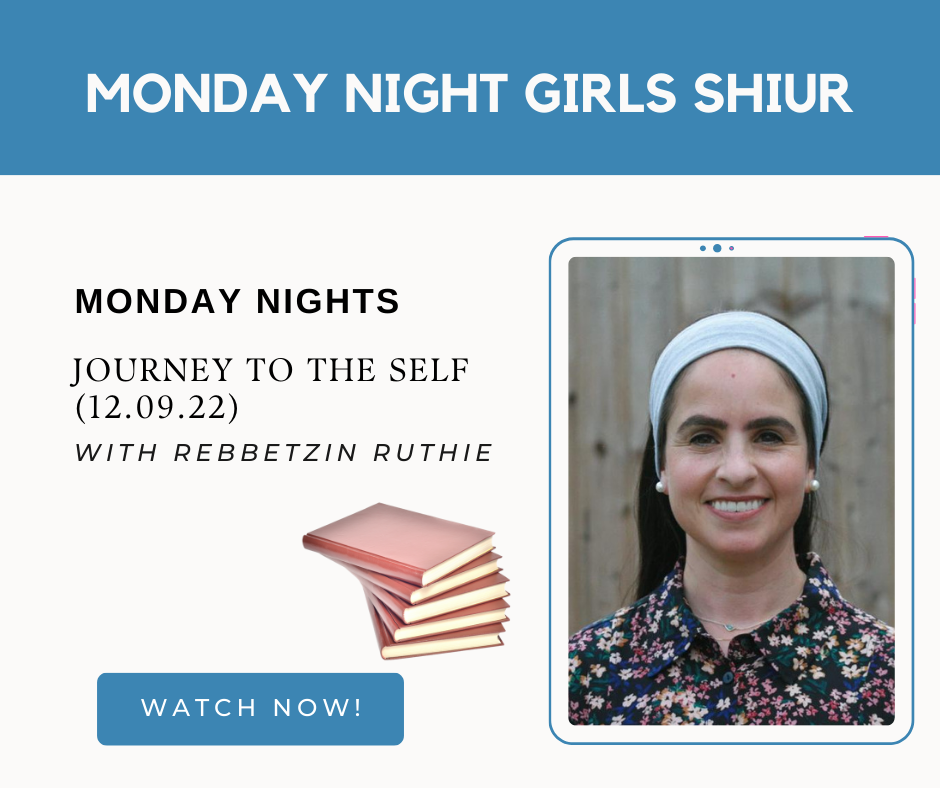
Few years ago we had a very special guest, Rabbi Gabriel Sasson, who recently in Brooklyn lost seven members of his family. He addressed us on the subject of emunah and he pointed out the difference between someone whose life is a spiritual one and one whose main focus is on material life. He himself felt a tremendous closeness to Hashem through his tragedy. I feel that on Yom Kippur a certain portion of the mussaf symbolises this concept of the contrast between one who lives a spiritual life and one who lives a more materialistic life.
The Avodah of the Two Goats
One of the most remarkable elements of Yom Kippur when the Bet Hamikdash stood was the ritual of “the two goats.” The first goat was sacrificed in the Bet Hamikdash; the second was taken to a cliff and thrown off, dying unceremoniously before it even reached the bottom.
What message can we find in this avodah that we can relate to?
There are two opposite ways to live life. Either one can focus his life on serving Hashem, with the knowledge that this is what is truly important, or focus on materialistic desires of pleasure and honour.
If one chooses to ignore the opportunity of life to serve Hashem, he might feel freedom of doing as he pleases and that he is making the most from life, but in reality such a life is meaningless and empty, it is truly death, and the neshamah feels this, which is why such people are constantly pursuing new pleasures to fill their emptiness. Only being close to Hashem can please the neshamah, and once one has this true enjoyment, he needs few physical pleasures to be completely happy.
We see this very clearly from the Torah. Immediately after the concise description of the creation of millions of galaxies, the focus of the Torah is limited to Adam and Chava, and after Avraham Avinu, to his descendants who took upon themselves the purpose of creation, the service of Hashem. Only one who serves Hashem is truly important.
However the world at large has the exact opposite philosophy. They believe that what we can perceive with our physical senses is all there is. This worldview of focusing on superficiality affects us and makes us lose our appreciation of anything spiritual.
Maybe these two diametric worldviews are somehow reflected on Yom Kippur. The goat that becomes a sacrifice on the Mizbeach might symbolize dedication to serving Hashem. One who sets himself aside for Hashem merits serving and giving nachat ruach to Hashem in the holiest place. If so, maybe its partner, which finds its fate in a desolate cliff, alludes to someone who focused his life on materialism, so he ends up with the emptiness and spiritual death he lived with. The two goats looked identical. Every individual has the potential to be great. It all depends on one’s focus in life.
The Se’ir la’azazel is described by the Torah as carrying away the sins of the people. The mefarshim wonder at this concept. The Rambam interprets it to mean that the people will be spurred by it to repent.
If the Se’ir la’azazel alludes to the mind set of materialism, this could explain the inspiration that can be derived from it. The fate of the two goats depicts how one who does not dedicate himself to serve Hashem only finds emptiness and desolation. The Gemara in effect said as much when it states that “A person does not sin unless a spirit of madness enters him”, meaning that he does not feel how what he desires is beneath him, and will devalue him.
Those who witnessed its death might well have been spurred by the thought to turn instead to consider the other goat, the one sacrificed in dedication to Hashem. They might then be able to commit themselves to re-embrace the true meaning of life.
We may lack this avodah today, but we can certainly try to absorb this eternally timely thought just the same.
Based on the work of Rabbi Avi Shafran







